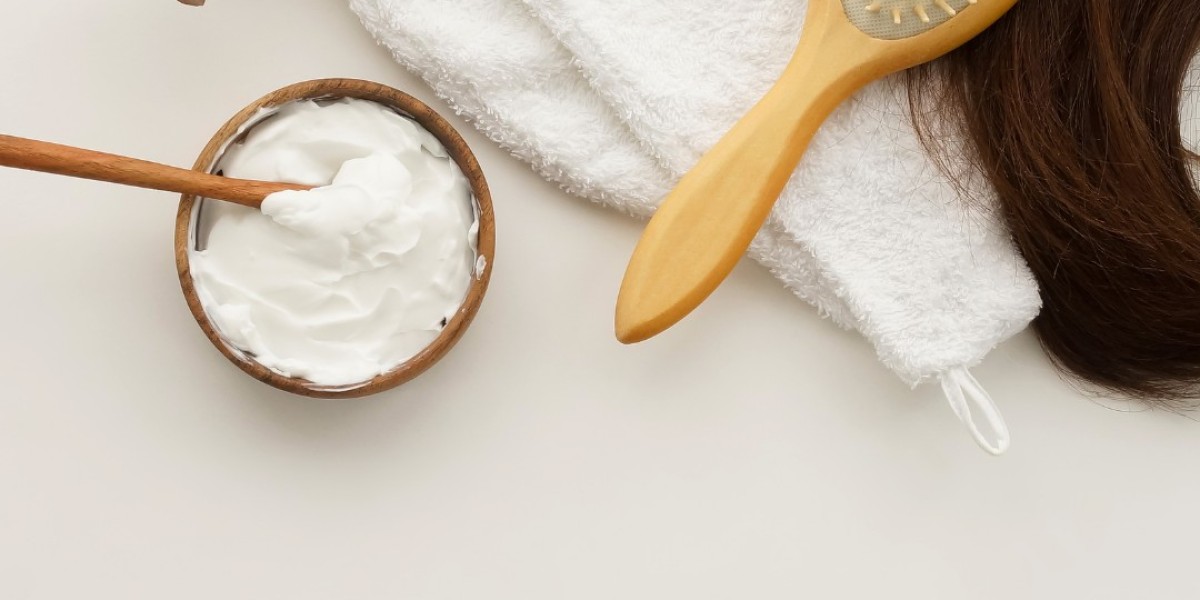Surgery Day: Rest and Relief
After surgery, anesthesia may leave you feeling groggy, so plan to rest and take short, gentle walks every few hours to promote circulation. Your surgeon will likely recommend a supportive surgical bra to minimize swelling. Discomfort is common in the early hours after breast augmentation, but prescribed pain medication and cold compresses will help.
Days 2–4: Easing Into Recovery
Soreness and tightness in the chest are expected as the body adjusts, and swelling often peaks during this period. Gentle movement, like brief walks, can help loosen muscles, while sleeping on your back reduces chest pressure. Showering may resume, but ensure you gently pat incisions dry to prevent irritation.
Days 5–13: Settling In
At this stage, swelling and bruising begin to subside. Your breasts may feel firm, and an itching sensation is common as healing progresses. Light activities, like short walks, encourage circulation, but avoid heavy lifting or raising arms overhead. Many feel ready to return to light daily activities, though it's important to avoid strain on the incision area.
Day 14: Two-Week Milestone
Around two weeks post-op, swelling and bruising should be significantly reduced, and your breasts may feel softer. Temporary asymmetry as the implants settle is normal and generally evens out over time. Low-impact activities are usually allowed, but avoid any movements involving the chest muscles to support proper healing.
One Month Post-Surgery
One month in, most patients feel more comfortable and see improvements in appearance. Slight firmness may remain, but any discomfort should be mild. Swimming or other water activities might be safe if incisions are fully healed. Side sleeping is usually okay by this stage, but avoid stomach sleeping for a bit longer.
Two Months Post-Surgery
At two months, most swelling has subsided, and the breasts should look and feel more natural. Most patients can resume normal activities, including upper body workouts, upon their surgeon’s clearance. Scars, while still visible, will begin fading and may benefit from sun protection and scar treatments if recommended by your surgeon.
Tips for Minimizing Scarring
Scarring is a normal part of surgery recovery, but its appearance can be minimized with proper care. Tips include:
- Sun Protection: Keep scars out of direct sunlight to prevent darkening.
- Silicone Products: Creams or sheets may help reduce scar visibility.
- Gentle Skin Care: Use mild products around incisions to avoid irritation.
- Healthy Lifestyle: Hydration and balanced nutrition support faster healing.
Recovery is Unique to You
Recovery timelines vary based on individual factors, including implant placement and lifestyle. Follow your surgeon’s guidance, listen to your body, and be patient to ensure a smooth healing process and enjoy the results.








